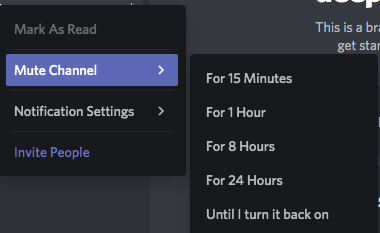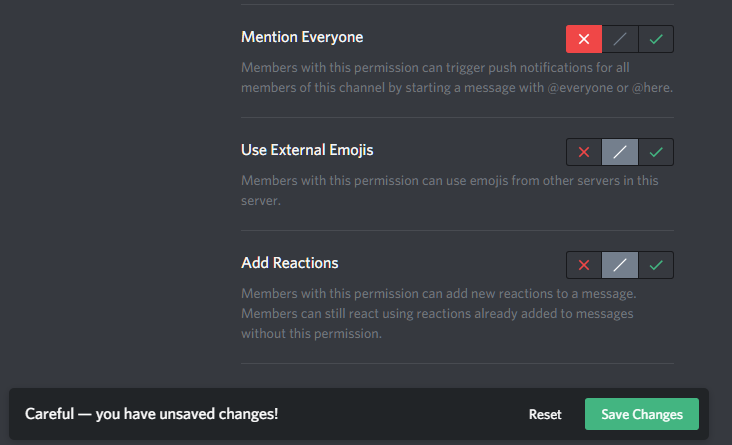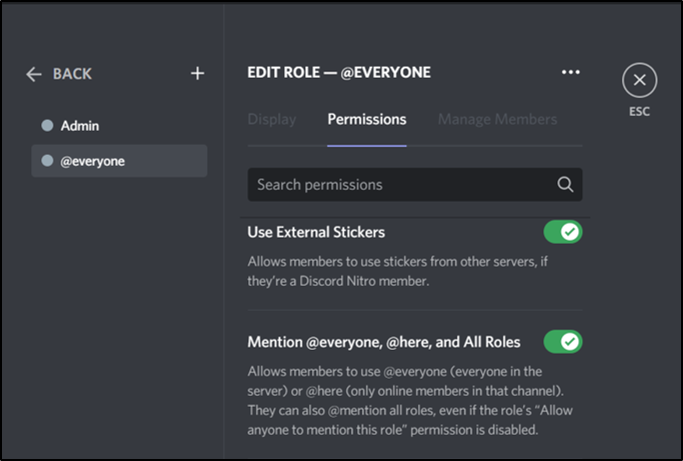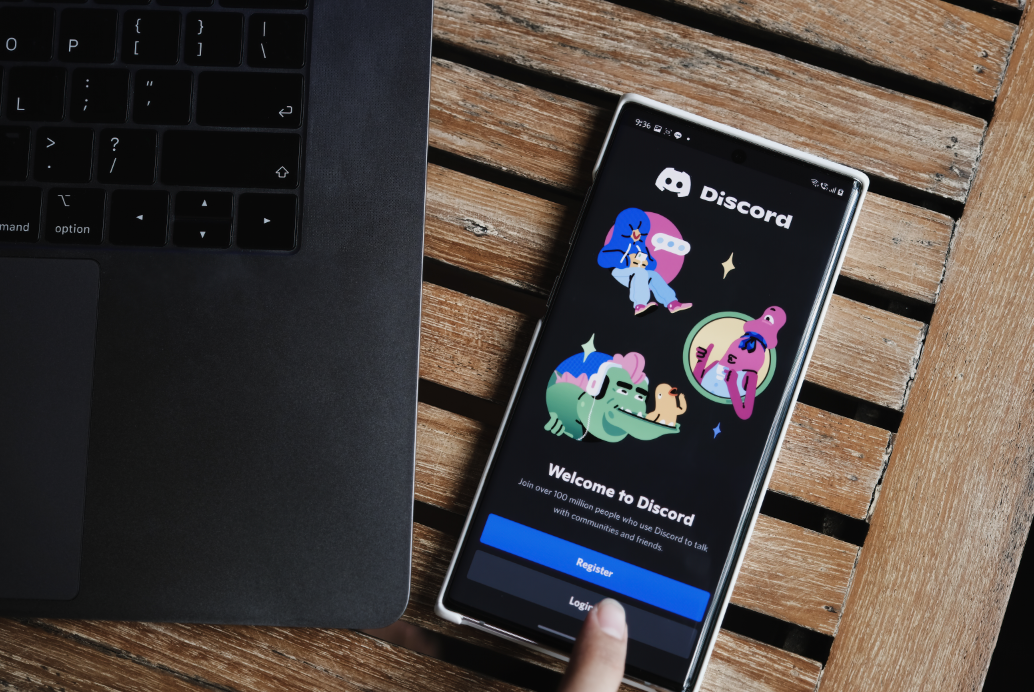Receiving @mentions in Discord can be both a privilege and annoyance. The more notorious mention for the latter is that of @everyone. @everyone can be used as a great reminder or update @mention when received every once in a while. However, it can also be abused by those who thrive on negative attention and childish antics. You can either set your channel to ‘Read Only,’ or you can follow the steps below to eliminate at least some of the nuisances.
It’d be beneficial to know how to disable it to save your Discord family from a constant barrage of pointless, potentially infuriating @everyone notifications from random users.
This article will teach you how to do just that. If you’re the server owner or have administrator permissions, continue reading to learn how to disable @everyone on a single Discord channel, as well as how to disable it for the entire server.
Disable A Channel’s @everyone
As is the case for most things on Discord, disabling @everyone for just a single channel is incredibly easy. To get started, you’ll want to log in to Discord and click on the server where you wish to disable the @mention.
If you’re all set:
- Right-click on the channel name to pull up the pop-up menu. Make sure only to select the channel where you want to disable @everyone.

- Click on Edit Channel.

- From the menu on the left, navigate to the Permissions tab.

- In the main window under Advanced Permissions, from the list of Roles, make sure to have @everyone highlighted.

- Scroll down the list until you find the Text Channel Permissions section. Toggle the Mention Everyone option by clicking the X next to mention @everyone.

- At the bottom of the window, a dialog box will pop up. Click on Save Changes to confirm the new settings.

If you’d like to disable @everyone for any additional roles, you’ll need to follow this procedure again, highlighting those specific Roles instead.
Disable The Server’s @everyone
To disable @everyone for every channel in your Discord server, you’ll need to enter your Server Settings menu. To get there:
- Left-click the server name and choose Server Settings from the options listed.

- Navigate down to the Roles tab from the menu on the left.

- Click on Default Permissions.

- Make sure the @everyone role is selected on the left-hand side and scroll down to the Text Channel Permissions section.

- Toggle the Mention @everyone setting to off.

- A pop-up will appear at the bottom of the screen. Click the button that says Save Changes.

Similarly, If you have other roles you want to disable @everyone off for, highlight the appropriate role from the Roles/Members list and toggle them all off one by one until satisfied.
Suppressing @everyone
Though you may have stopped the @everyone mention from being used by certain roles, it’s still likely that you will receive annoying notifications anytime someone tries to use it. You could allow this just in case someone mentions something worth looking into, but you can also completely disable this as well.
To suppress @everyone on a per-server basis:
- Right-click your server name and, this time, choose Notification Settings.

- From the Server Notification Settings window, ensure that the only @mentions option is checked.

- Slightly further down, toggle the suppress @everyone and @here option to on.

- Click the Done button when you’ve finished making your changes.

When making this decision, you won’t have to confirm it with a save button. It’s automatic. Similar to every other decision we’ve discussed, should you wish to change back to the previous settings, just toggle it back off.
There you go. There will be no more @everyone mentions and no more notifications when someone tries to use it. You’ve also disabled notifications for @here. Whereas @everyone mentions go directly to everyone on the server regardless if they are on or offline, @here is targeted to only those currently online. It can be just as annoying as @everyone, so you’re really only killing two birds with one stone.
Non-Admin Options
If you aren’t a Server admin, or you aren’t the owner, don’t despair. You still have a lot of power over your peace when it comes to @everyone. Let’s review some of your options.
- Leave the Channel
- Turn off notifications for that channel
- Turn off @mentions for that channel
The more practical option is to turn off the @everyone for the channel or server, and you can do this even though you aren’t an administrator.
- Right-click on the channel and click Notification Settings.

- Click Only @mentions.

You can also mute the channel for a time using the option just above the Notification settings.

If you’d like to leave the channel, simply click the Down Arrow to the right of the server name at the top. Click Leave Server from the dropdown menu.

You can mute @everyone at the server level too. All you need to do is follow these steps:
- Click the dropdown arrow at the top of Discord (to the right of the server’s name).

- Click on Notification Settings in the dropdown menu.

- Click the @Mentions Only option.

It’s no wonder that Discord is a favorite for gamers. With so many customization options, you can choose your communication preferences and enjoy a little peace and quiet whenever you’d like.
Frequently Asked Questions
Here are the answers to more questions you may have about suppressing @everyone on Discord.
Can I mute @everyone from the Discord mobile app?
Yes! You can mute the @everyone notifications in the mobile app, but the steps are a little different from those mentioned above. Here’s what to do if you’re using the mobile version of Discord:
1. Open Discord and tap on the server you’re working with on the left-hand side.

2. You will see the server name at the top and three dots to the right of the name. Tap the three-dot icon.

3. At the top of the pop-up window you will see four icons. Tap the Bell icon that says ‘Notifications.’

4. Tap the bubble next to Only @mentions.

Now, you’ve successfully muted @everyone notifications.
Can I mute @everyone for my entire Discord account?
Unfortunately, no. If you want to disable @everyone completely, you will need to follow the steps above for each server.
@everyone, Wrapping Up
Discord can be a very useful app, both on desktop and mobile. However, always getting notifications from a bunch of different servers can be annoying. Hopefully you have a better idea of how to mute those pesky @everyone notifications. Do you have any experience, tips or tricks related to disabling @everyone notifications on Discord? Leave a comment in the section below!
Disclaimer: Some pages on this site may include an affiliate link. This does not effect our editorial in any way.


























